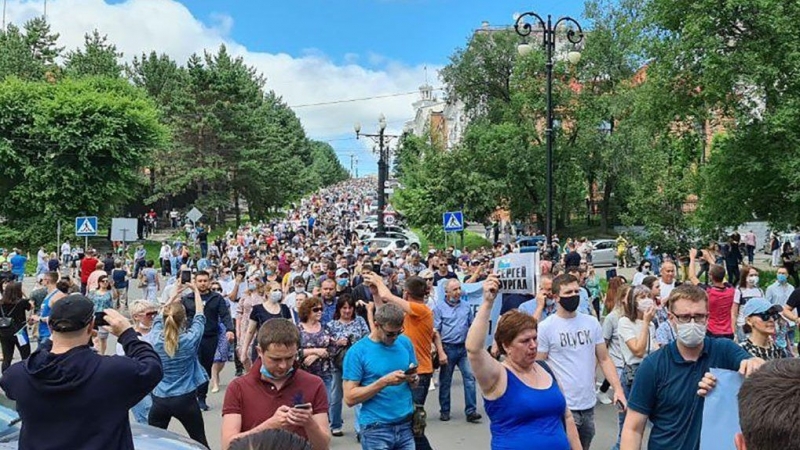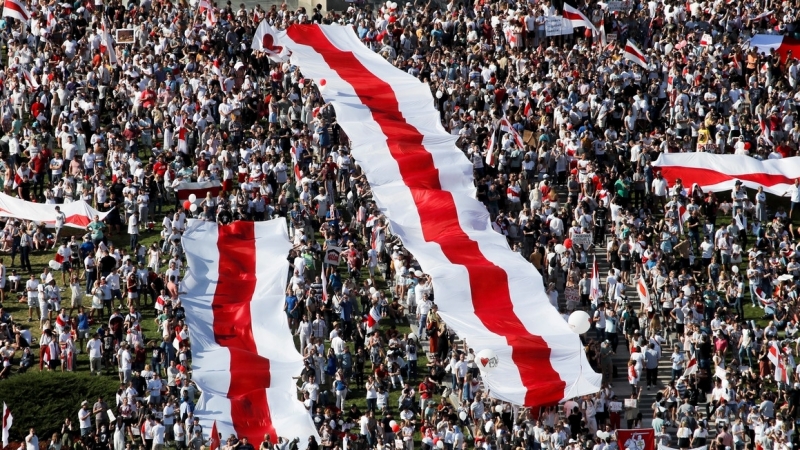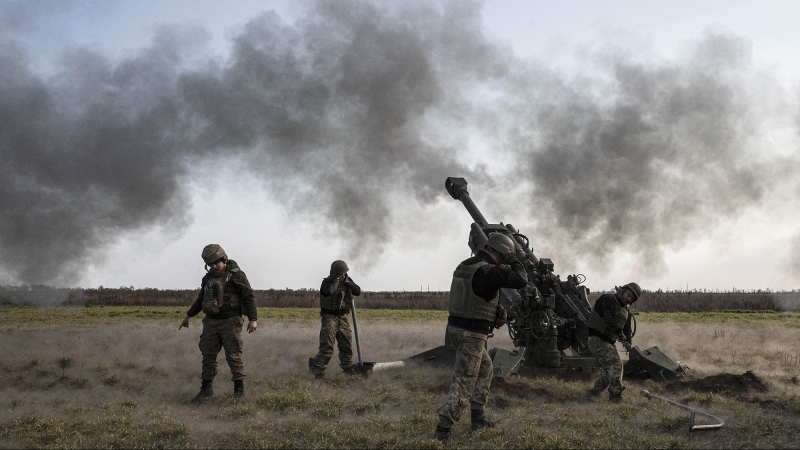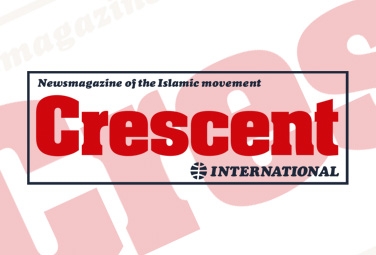Growing trouble in Russia’s far off territories
Empowering Weak & OppressedAkhmet Makhmoudov
Muharram 13, 1442 2020-09-01
News & Analysis
by Akhmet Makhmoudov (News & Analysis, Crescent International Vol. 49, No. 7, Muharram, 1442)

Potentially an existential threat to Russia’s survival has barely registered elsewhere due to its nuanced characteristics while the world is engrossed in dealing with the disastrous effects of the pandemic. The internal crisis unfolding for the past several weeks in Russia’s Far Eastern city of Khabarovsk may turn into the biggest headache for the Kremlin in 20 years. It could shake Vladimir Putin’s government to a degree no external pressure has done.
Outwardly, the protests triggered by the arrest of the governor of Khabarovsk, Sergei Furgal on charges of attempted murder and ordering two contract killings some 15 years ago—charges he denies—appear insignificant. However, the protests have grown into something much bigger: a challenge to Russia’s sovereignty.
Although, Furgal proved to be surprisingly far more popular than anyone expected, mainly due to his people-centric policies and leadership style, he is not a national figure and certainly not a substitute for Putin. However, it is the attitude of protestors towards the authority of the government in Moscow that has spooked the Russian establishment.
It appears Putin expected some local dissatisfaction but assumed it would soon peter out. That may explain why Kremlin did not nominate a permanent replacement for Furgal right away. Moscow wanted to wait and allow the public to vent its anger against the arrest of the widely popular governor. Even though protestors took to the streets in much larger numbers than expected, it is not their number that questioned the accepted political framework in Russia, but the narrative they put out and the slogans they chanted. The narrative was not anti-Putin; it was much bigger. People went for the jugular and directed their anger at ridding the far eastern region of Moscow’s rule. The demonstrators openly challenged Russia’s sovereignty by calling for self-governance. This was an unprecedented political move which targeted the root of Putin’s legitimacy.
In 2010, when analyzing the shallow take of the Western political establishment on the so-called “cracks” within the ruling establishment in Russia, we noted that in 2004, Putin abolished the election of regional governors and instead appointed them directly from Moscow. This was a fundamental step in securing his power.
This move temporarily created support for Putin because it played on the fear that Russia could disintegrate. Regional leaders in the territories of the Russian Federation were always kept under close watch. The aim was to prevent regional issues from becoming the key rallying point in challenging central authority, as this would create a real and organic power struggle. This could result in the Russian Federation suffering the same fate as its predecessor, the USSR.
Given Russia’s size—it is the largest country in the world in terms of landmass—and its multi-ethnic population, the central government and society at large have historically been paranoid about regional separatism. Putin’s move to concentrate power in his own hands created a large class of disgruntled regional bureaucrats and businessmen. Until now the central government in Moscow was able to maintain a balance of interests between itself and the regional power groups. The central government even confidently reinstituted the election of governors in 2015. However, the balance of interests and power between the central government and the regions was always a delicate one and it seems in Khabarovsk it broke. Furgal was elected governor in 2018 by defeating the Kremlin-backed incumbent. While Furgal’s political success was not a desirable outcome, no one foresaw that his elimination from the political scene would trigger a regional outrage against the overall influence of the central government.
When Putin became prime minister in 1999 and successfully launched the military take over of Chechnya, his broader strategy was to end potential separatism in all other parts of Russia. Even though separatism has always remained a potential threat, the current Russian government correctly assessed that forceful management of ethnic minorities and regions based on the Soviet model was outdated and needed to be refashioned. The Chechen wars forced Moscow to speed up its federalist transformation. However, the Kremlin made sure that the regions knew where the real power resided: in Moscow.
However, the government seemed to have failed to notice that Russian society has transformed and the notion of a just and people-centric governance trumps the notion of Russian sovereignty. This reflected a disconnect between the ruling establishment and Russian society. This will also manifest itself regarding other domestic and external contentious issues. It will be further aggravated through external interference to stir up tension domestically.
As thousands in Khabarovsk chanted slogans against unfair treatment of their region and demanding to live separately from what they labeled a corrupt central government, Moscow did not know how to respond. Addressing the protesters’ narrative to move away from Moscow’s control would lead to reviving the separatist narrative at the national level. Ignoring their demands would result in the growth of the movement. The protests in Khabarovsk continue and the central government reacts on an ad hoc basis. Moscow clearly did not expect and was not ready for a separatist sentiment outside the North Caucasus.
Perhaps the best involuntary assistance to the government in dealing with the situation in Khabarovsk comes from the pro-Western oppositionist Alexei Navalny, whose movement lacks a broader countrywide appeal. As Navalny’s movement attempts to hijack dissatisfaction in Khabarovsk, the masses are losing interest. Navalny’s movement is disconnected from rural Russia. Its upper-middle class elitism makes the Russian government appear much more authentic, representing the broader society. This partly explains why Moscow has not reacted strongly to the appearance of Navalny’s movement in Khabarovsk.
At the time of writing this column, news broke out that Navalny was fighting for his life allegedly from poisoning. Russian politics, like in most other places, is brutal and dirty. The poisoning allegation cannot be ruled. Nevertheless, turning him into a martyr would not benefit Kremlin; it would make his tiny elitist movement more popular. So why would the Russian government order his assassination? It should also be remembered that in July 2019 Navalny had an allergic reaction and claimed that he was poisoned. The Western media has a trait of creating opposition “heroes” of highly pro-Western figures and positioning them as national leaders. The reality on the ground is often very different. The case of Gary Kasparov, the famous chess player who is politically irrelevant in Russia and a political conman of Iraq, Ahmed Chalabi are cases in point.
The situation in Khabarovsk is becoming even more nuanced due to events in Belarus, where people are seeking to topple the autocratic president, Aleksandr Lukashenko. The two protest movements are indirectly converging into one limiting Russia’s policy options on both fronts. Protestors in Khabarovsk are beginning to see their struggle against a corrupt government and are mixing separatist ideas with this narrative.
Lukashenko has been a very difficult and unpredictable ally of Russia. As the two events are becoming indirectly interlinked through a narrative—people vs a corrupt ruler— Lukashenko’s delusionary reactions are adding unnecessary pressure on Putin domestically and externally.
Resignation or ouster of Lukashenko will bolster anti-government organizations in Russia and will further motivate the Western push for “democracy.” While no anti-Putin mass movement is likely to emerge in Russia during the ongoing crisis, if Moscow does not reevaluate its policy in the regions of the former USSR, it will end up being engulfed in endless frozen conflicts as it already is in Ukraine, Moldovia, Georgia, Armenia and Azerbaijan. The reality is that in all the republics of the former Soviet Union where ex-communist autocrats were booted from power, the Russian government and the indigenous people stood on opposite sides of the struggle. This reality feeds into the caricatured image of Russia constructed by the Western corporate media. If Russia openly backs Lukashenka against the masses, it will feed into the Western narrative which depicts Moscow as being essentially opposed to people centric governance. This would affect the Khabarovsk scene badly and have a negative impact on Putin’s image internally as well as externally. Moscow understands this well and has so far given lukewarm support to Lukashenko. It has to take the domestic situation into account as well.
As the situations in Khabarovsk and Belarus continue to evolve at the time of writing this, it will be interesting to see how all sides move politically. So far, the biggest geopolitical indicator shows relatively passive NATO reaction to stir trouble in a more radical way in both Belorussia and Russia. NATO’s steps were far bolder during the protests in Ukraine in 2014; its current response indicates a decline in their political stamina. This will contribute to the emergence of a multi-polar world order. Under these circumstances, Muslims will have a better chance to break out of the neo-colonial political and military set-up in the Muslim world.




